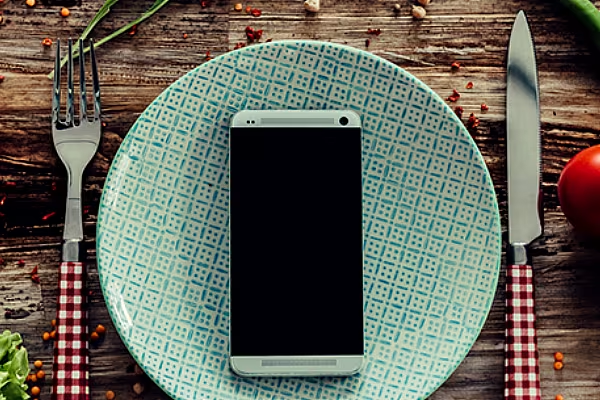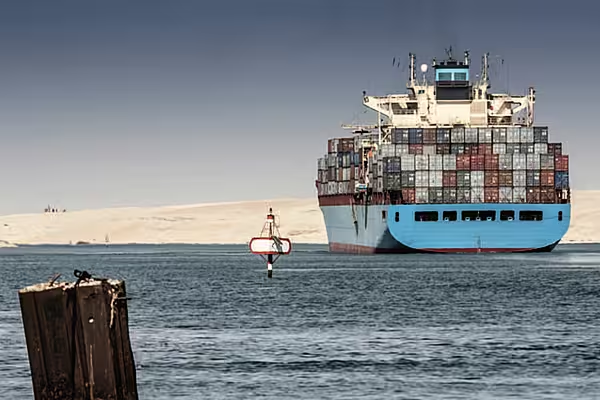Floris van der Sman, Analyst – Consumer Foods at RaboResearch, examines how the rise of online ordering is likely to shape how we think about preparing evening meals.
In the near future, cooking at home will become a rare occasion, while food delivery will be the new standard – that’s if it’s up to the online delivery platforms, which have already stolen the hearts of many consumers.
There are four key trends that will support the emergence of food delivery services, not only making them an ordering platform for consumers, but also a branding tool for food-to-go operators. Now it’s up to these businesses to decide and join the platforms, and not to miss the bus.
It Will Become Easier To Be 'Great' At Delivering Food
In general, when consumers order food online, they want to get it delivered as fast as possible. That’s why delivery services are constantly looking for ways to improve delivery time without running at a loss. The process of lowering delivery costs can already be sped up by combining orders instead of going back and forth for each delivery.
Also, thanks to self-learning algorithms, platforms know when a restaurant is busy and when it is not. They can then provide customers with real-time ETA indications or flexible pricing.
The most recent development in delivery is the opening of central kitchens outside of city centres. These kitchens host dozens of different food concepts in one space.
Sharing a space with colleagues and competitors lowers delivery costs and improves the amount of orders. Each customer now gets the chance to order his/her own favourite food, knowing everything will be delivered at the same time.
The Eater Experience Will Improve Significantly
The choice may be even broader, as apps will become personalised to every single customer as they learn the customer’s individual preferences.
In this way, fixed menus will disappear, and customers will receive truly personalised menus, leading them to try more and more cuisines. What’s more, for example, the platforms can remind customers to order a protein-rich meal after a workout at the gym.
This personalisation will increase the customer’s experience significantly. Next, live and real-time track-and-trace options and transparency in preparing the food will also help to improve the customer experience.
Virtual Restaurants Are On The Rise
The barriers to opening a new restaurant are becoming very low. Already, any cook can start cooking and start selling food on platforms. No restaurant is needed, just a kitchen.
We will see restaurants opening kitchens in which no guests are allowed – extremely efficiently designed and fully equipped kitchens at the edges of cities.
Also, restaurants that are normally too expensive can consider offering one or two meals via online platforms, just to become more accessible to the average customer. At last, asset utilisation can be achieved by renting idle kitchens.
Data-Driven Operators Will Be Winners
Using data can help businesses improve their success in two ways: customer satisfaction and operational excellence.
First, by gaining access to online delivery platforms, restaurants are able to anticipate customers’ feedback on a product level in real time. This can help them improve food quality and the eating experience, and they will be able to iterate faster at lower costs. Restaurants can adjust menu prices instantly, and data can help by way of automated promotions to specific target audiences.
Secondly, restaurants can have detailed insight into in-store operational performance. For instance, insight in revenue losses due to understaffing can help them decide whether it is profitable to hire some extra staff on busy nights, or optimal kitchen location and maximum delivery distance can be monitored.
The emergence of food delivery services is well known. More and more businesses are joining these platforms in order to expand their potential reach to customers. This can be achieved by improving performance via data and insight given to them by self-learning algorithms on the platforms.
The emergence of super-kitchens will cut costs, making ordering-in easier than going to the supermarket and preparing your own meal, as well as making it easier to provide all at the table with their personal preferences.
Time will tell if food delivery services will actually become the new standard, making cooking at home the exception, but as we follow the latest trends, food-to-go operators need to adjust their operational and strategic plan now, in order not to lose out on opportunities in the near future.
© 2018 European Supermarket Magazine – your source for the latest retail news. Article by Floris van der Sman, Analyst – Consumer Foods at RaboResearch. Click subscribe to sign up to ESM: The European Supermarket Magazine.














